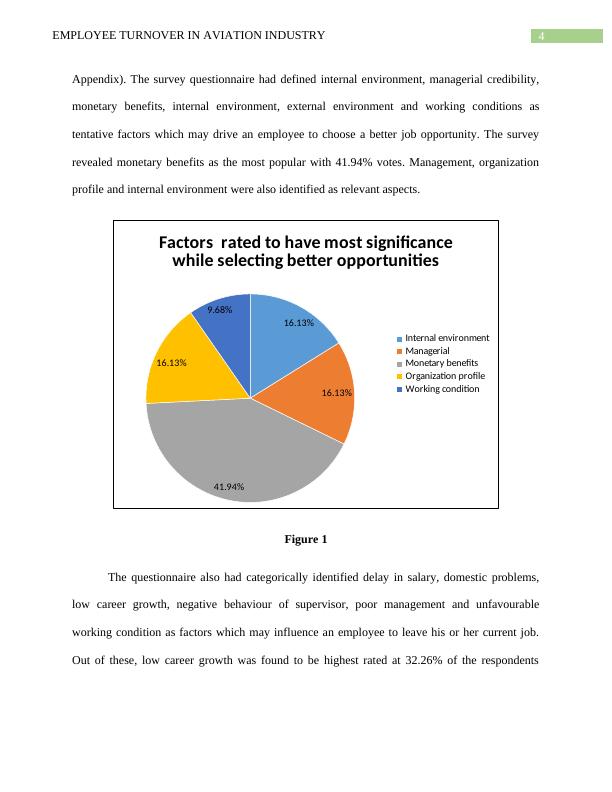Employee Turnover in Aviation Industry
The assignment is a research project for HND Business students. It involves creating a research proposal, conducting a secondary literature review, collecting primary data through questionnaires, analyzing and interpreting the data, and presenting the final findings. The assignment also covers topics such as data types, statistical analysis, and sampling methods.
Added on 2023-06-14
About This Document
Employee Turnover in Aviation Industry
The assignment is a research project for HND Business students. It involves creating a research proposal, conducting a secondary literature review, collecting primary data through questionnaires, analyzing and interpreting the data, and presenting the final findings. The assignment also covers topics such as data types, statistical analysis, and sampling methods.
Added on 2023-06-14
End of preview
Want to access all the pages? Upload your documents or become a member.




